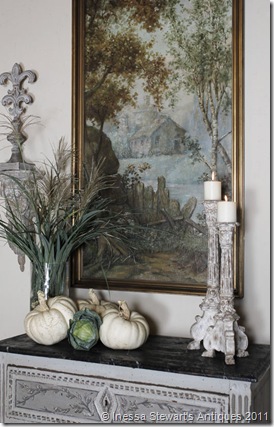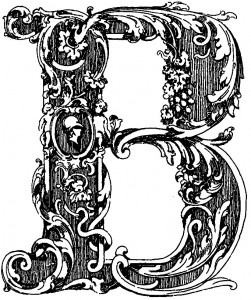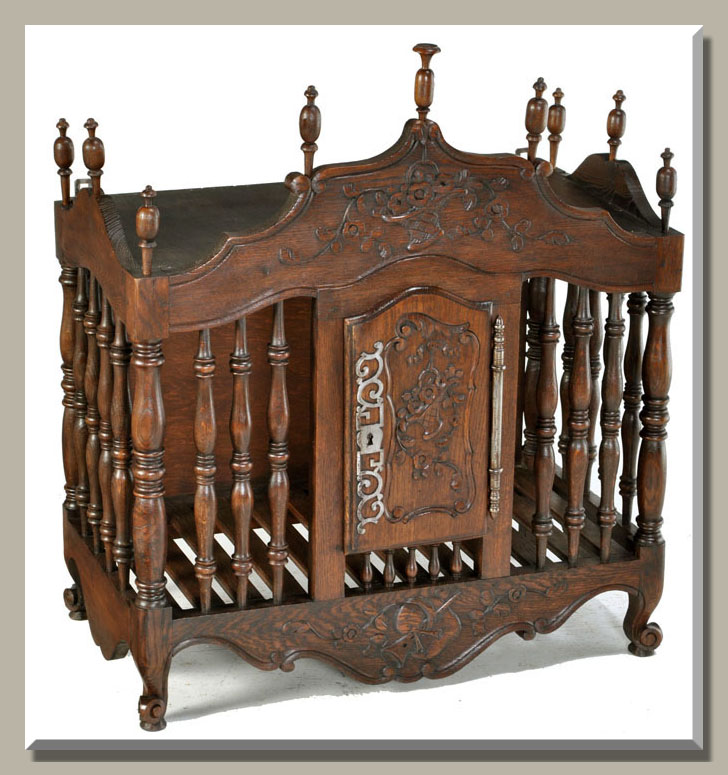 ast weekend John and I finally took the day off and went to Fort Worth’s Kimbell Art Museum for an exciting exhibit of “Caravaggio and his followers in Rome”. We were eagerly looking forward to this exhilarating event. The exposition not only has ten incredible antique works of art by the Baroque master, but it also has a compelling and powerful collection of 40 paintings of his followers. Only as we compare them side to side can we can see the brilliance of his talent. Of course many of his followers went on to develop their own style such as Rubens and La Tour.
ast weekend John and I finally took the day off and went to Fort Worth’s Kimbell Art Museum for an exciting exhibit of “Caravaggio and his followers in Rome”. We were eagerly looking forward to this exhilarating event. The exposition not only has ten incredible antique works of art by the Baroque master, but it also has a compelling and powerful collection of 40 paintings of his followers. Only as we compare them side to side can we can see the brilliance of his talent. Of course many of his followers went on to develop their own style such as Rubens and La Tour.

I first saw this magnificent painting in Kansas City at the Nelson-Atkins Museum of Art while I lived there as a young girl. I found it just as impressive and inspiring as the first time I saw it years ago.
Caravaggio (1571-1610) is an artist John and I have admired for a long time, with his art being both amusing and inspirational. It never fails to touch your emotions. The provocative and intense realism of his art, combined with his skillful use of light and shadow, inspired a movement for which Caravaggio was famous. During the late 16th century European Art was emerging from the Mannerism period which followed the High Renaissance era championed by Leonardo da Vinci and Raphael. Mannerism resulted in a very stylized type of art with a lack of clear perspective or realism.

This magnificent masterpiece is a part of the collection of the Kimbell Museum in Fort Worth, Texas. The amazing detail of the garments and the objects in this painting showcases Caravaggio's genius.
In contrast, Caravaggio’s free and naturalistic style made an overwhelming impact on art in Rome that rippled throughout Europe. Although his life was short and often troubled (which experts now agree was due to lead poisoning from the paint used at the time), he left an amazing mark on the European art world. Through his brilliant talent and genius he is considered by many to be the father of modern art.

You can almost feel the loving embrace of the angel comforting St. Francis in this painting by Caravaggio entitled "Saint Francis of Assisi in Ecstasy".
During our travels abroad and visits to stateside museums we have had the privilege of viewing some of Caravaggio’s paintings, but to see this tantalizing collection of 50 masterpieces one would have to travel the world over. We are grateful to all the efforts required to bring such an exhilarating exhibit to the Kimbell Museum. So, if you get the chance to be in the Dallas-Fort Worth area, make sure to see this exhibit. It closes January 8, 2012.
If you would like to find out more about this exhibit, visit their website at http://caravaggio.kimbellart.org/exhibit








 read is the staff of life, quotes an old proverb. The panetiere, or breadbox, is considered a highly collectible
read is the staff of life, quotes an old proverb. The panetiere, or breadbox, is considered a highly collectible 






